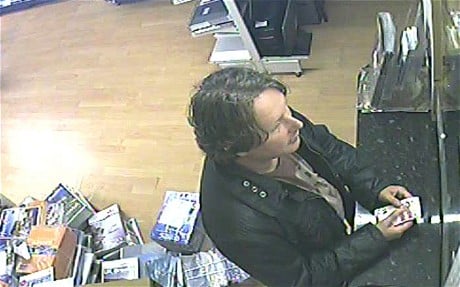
Early on August 9, 2012, a text message was sent from British woman Diana Lee’s phone. “Sorry to mess you around Mary, but I have been sick all night so can you drop off later? As it would really help me, after 10 please” [sic]
Yet at the time the message was sent, Diana was already dead.
The luxury cattery owner had been fatally beaten with a blunt instrument in the bathroom of her Cheshire home, before her body was dragged into her garage, mutilated and badly burned by the four fires that had been started throughout the dwelling.
There was DNA evidence and bloody footprints that placed her married lover, David Ryan, at the scene. But it was the text message that pinned him as the killer.
As forensic linguist John Olsson details in his new book, More Wordcrime, how he was able to help prove Ryan’s guilt thanks to something as innocuous as punctuation; the double space after the question mark.
This was not typical of Lee’s texting style; she would generally not use spaces at all after punctuation, butting one sentence or clause against the next. Ryan, however, typically used two.
Olsson, an expert witness in the case, helped a court conclude that after murdering the 54-year-old, Ryan had used her phone to postpone one of her clients from visiting the cattery, ensuring the woman remained clear of the crime scene. It was a move that ultimately saw the Altrincham man convicted of her murder in 2013 and landed him in prison for 34 years.
From manipulation to murder.
Ryan and Lee met at the Cinnamon Dance Club in Bowdon village in 2010, and embarked on relationship underscored by manipulation and deception. Lee never knew her partner was married, and over the course of their two-year relationship handed him $105,000 of her savings under the impression that he would invest it in a glazing business.

